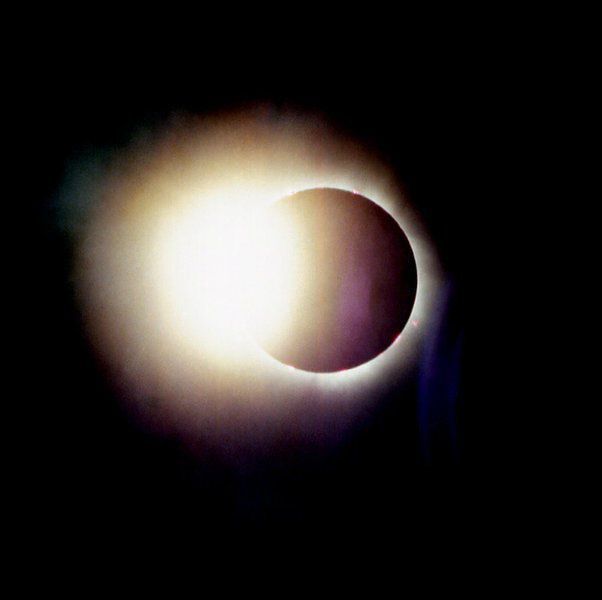Yes, looking at the solar eclipse with the naked eye really is dangerous. Here’s why.
Published 2:00 pm Wednesday, August 16, 2017

- The Aug. 21 solar eclipse will hit its peak in Valdosta at 2:43 p.m.
VALDOSTA — No, it’s not an over-exaggeration, like South Georgia shutting down over a tiny snow flurry; looking at the Aug. 21 solar eclipse without a special filter really will damage the eyes, sometimes permanently.
According to the folks at NASA, the human eyes can’t look directly at the sun without suffering severe damage.
Trending
“Normally during daylight conditions, the iris contracts so that only a small amount of light passes through the lens and then reaches the retina,” NASA writes on its website.
“This level of indirect sunlight is perfectly OK and the eye has evolved over millions of years to safely see the daylight world under most circumstances.”
But a solar eclipse is different. Looking directly at the eclipse with the naked eye will expose thousands of light-sensitive cells in the retina to damage, to burns.
The damage will happen in just a few seconds, even when only a small sliver of the sun is showing, NASA says.
“Afterwards you will see a spot as big as the solar surface you glimpsed when you look away from the sun at some other scenery,” NASA writes.
“Depending on how long you gazed at the sun and how badly the retinal cells were damaged, this spot will either fade away in time or remain permanent.”
Trending
The only time it’s safe to look at a solar eclipse without a special filter is when the sun is completely covered by the moon. But in Valdosta, the moon will only cover about 90 percent of the sun, so there will always be a risk of eye damage without a filter.
Also, the retina doesn’t have pain receptors, so a person won’t know the damage is happening until it’s too late.
“You should never assume that you can look away quickly enough to avoid eye damage … and you do not want to risk being the one who damages their eyes just to try to look at the sun,” NASA writes.
Wearing eclipse glasses is an easy way to stay protected. But at this point, people may be hard-pressed to find glasses in town or ones online that will be delivered in time.
And buyers beware: some glasses for sale out there are scams and don’t have the required filter. For a list of approved sellers, visit eclipse.aas.org/resources/solar-filters.
Without glasses, there are still a couple ways to view the eclipse, at least indirectly. One is pinhole projection, which involves punching a small hole in something like an index card and letting the light pass through the hole with one’s back to the sun. An image of the sun will project through the hole and show the eclipse as it happens.
Another viewing method is as simple as clasping two hands together. People can cross their slightly open fingers, with their backs to the sun, and create a grid of little spaces between the fingers. When the light shines through the grid during the eclipse, people will see the crescent shape of the sun in the shadow of the hands.
All in all, people should remember that warnings about the eclipse are not an overreaction; they are based on “the experience of thousands of professionals, not only in astronomy but in medicine.”
“So, bottom line: read the safety warnings and make sure you understand how to view the eclipse before Aug. 21, 2017, so that the only lasting impression you have is a wonderful memory of the event, not a damaged retina,” NASA writes.
For a full guide to the eclipse, visit eclipse2017.nasa.gov.


